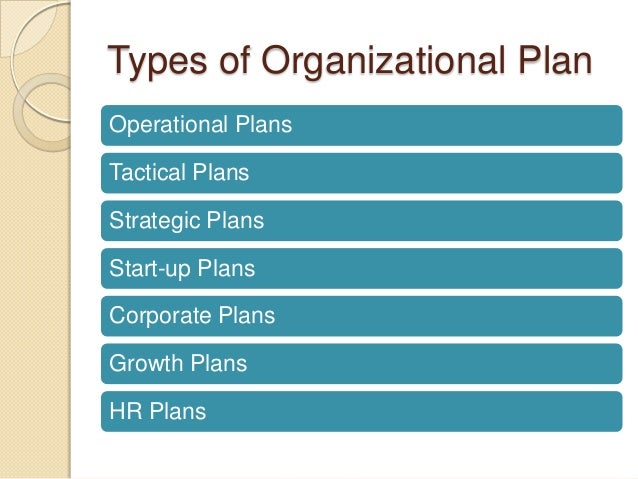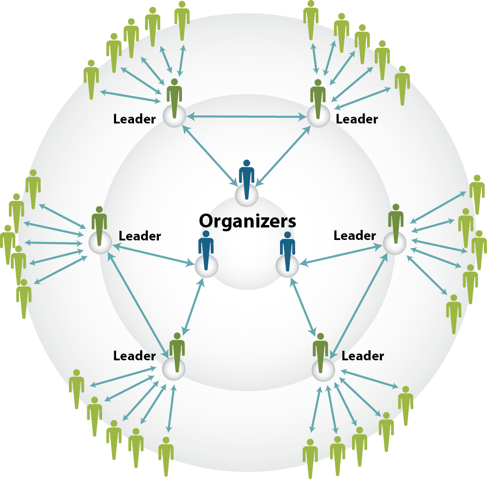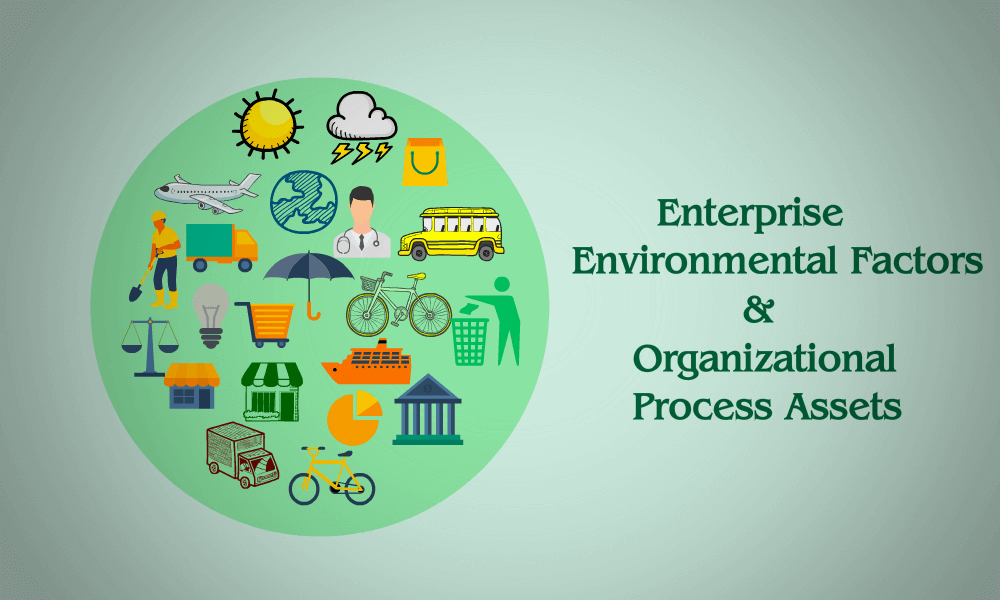 |
| Source:Google |
Planning is a fundamental management function,which decided before taking any decision,what is to be done,when it is need to be done,how it needed to be done and who will be the person incharge to do it.It is a process where organisation's plans to achieve their objective and how to attain their goals.Planing is purely thinking before taking any action.It helps out to get a knowledge about decision making and its outcome on the future and decide on what will be the best way to achieve the goals in a well planned manner.
CHARACTERISTICS OF PLANNING
 |
| Source :Google |
1.Managerial function : Planning is first base of deciding a goal to an organisation on deciding a plan to plan a the best outcome to the organisation.
2.Goal oriented : It focuses on define the goal identifying different kind of plans for any courses of action to be finalized.The action plan to decide reach the organisation goal.
3.Pervasive : It is pervasive in sense that is present in all segments and is required at all levels of the organisation.Although the scope of planning varies at different levels.
4. Continuous Process : Plans are made for specific time in example ,say for a month,quarter,year and so on .Once that period is over,new plans are drawn considering the organisation's present and future requirements and conditions.
5.Intellectual Process : It is a mental exercise it involves the application of mind,to think,forecast and imagine intelligently.
6.Futuristic : In the process of making plan considering the future of an organisation.Looking into the future to analyse and predict so that organisation can face challenges effectively in the future.
7.Decision making : Decision is made up by considering all the positive and effective plans which benefits the organisation in drastically improving the performance of organisation.
Source :Google
Planning is the primary function of management. Its purpose is to ensure optimum utilisation of human and economic resources in the business processes. It precedes all other activities of the business undertaking.
It is the process of charting out the path for attaining the ultimate purpose of business operations by outlining the sequence of events forecast with reasonable degree of certainty. It involves not only anticipating the consequences of decisions but also predicting events that may have effects on a business.
Thus planning is deciding in the present what to do in the future. It directs efforts and resources of an enterprise toward the common objectives. In the words’ of Drucker, “Planning function of management is the continuous process of making present entrepreneurial (risk-taking) decisions systematically and with the best possible knowledge of their futurity, organising systematically the efforts needed to carry out these decisions, and measuring the results of these decisions against the expectations through organised systematic feedback.”
Planning requires both creativity and analysis in defining business opportunities and constraints. Hence it is called the art of the possible. It is the process of guiding the business enterprise toward clearly specified objectives with the clearest possible view of the future. Deciding what is desired and determining the actions required are both involved in planning.
 |
| Source:Google |


























